How to preserve and promote the heritage value of Thang Long Imperial Citadel in a way that is worthy of the importance of the relic, and at the same time restore the lost heritages? Experts have contributed important opinions at the International Scientific Conference "20 years of research, preservation and promotion of the heritage value of Thang Long Imperial Citadel - Hanoi".
World Heritage of great value More than 1,000 years ago, in the 11th century - 1010, the ancient land of Thang Long - now Hanoi was chosen by King Ly Thai To as the capital of Dai Viet and named Thang Long with the wish that the capital would become more and more prosperous like the sacred dragon flying up. During more than 10 centuries, from the Ly Dynasty (11th - 12th century) to the Nguyen Dynasty (19th - 20th century), the feudal dynasties of Vietnam continuously inherited, built and developed with the role and position as the political , cultural and economic center of the whole country. With the special historical, cultural and scientific values of the relic, the Central Area of the Imperial Citadel of Thang Long - Hanoi was ranked as a Special National Monument in 2009, and was listed by UNESCO as a World Cultural Heritage, on the occasion of the 1,000th Anniversary of Thang Long - Hanoi (1010-2010).
With the special historical, cultural and scientific values of the relic, the Central Area of the Imperial Citadel of Thang Long - Hanoi was ranked as a Special National Monument in 2009, and was listed by UNESCO as a World Cultural Heritage Site, on the occasion of the 1,000th Anniversary of Thang Long - Hanoi (1010-2010) (Photo: VNA)
The excavation of the Thang Long Imperial Citadel is a major excavation in the history of archaeology in Vietnam and Southeast Asia. Through many historical changes, the vestiges of Thang Long citadel are still evident through the system of relics and artifacts found in the Central Area of Thang Long Imperial Citadel today. Mr. Christian Manhart - Chief Representative of UNESCO in Vietnam said that Thang Long Imperial Citadel is a testament to more than 10 centuries of cultural exchange and influence throughout Asia. Today, the archaeological cultural layers reflect the successive developments of the reigning dynasties. There are few heritage sites in the world that demonstrate such long-term continuity as the Central Area of Thang Long Imperial Citadel. "There are still many unexplored archaeological layers underground. I would like to emphasize that heritage research and conservation is a very long-term process that requires strategic planning and implementation. At the same time, priorities and key areas in research need to be clearly defined," Mr. Christian Manhart emphasized. The inscription of the Central Sector of the Imperial Citadel on the UNESCO World Heritage List is an honor that creates new commitments and responsibilities for everyone. The completion of the comprehensive management plan in 2013 marked an important milestone. This is a powerful tool for State management agencies to strengthen the cooperation mechanism between relevant parties; integrate management and conservation; improve the interpretation of the heritage site andeducational programs and continue to invest in capacity building for staff. Secretary General of the Vietnam National Commission for UNESCO Pham Vinh Quang welcomed the efforts over the past 20 years of Hanoi in general and the Thang Long - Hanoi Heritage Conservation Center in particular in the restoration and preservation of the heritage site. To make Thang Long Imperial Citadel a model of coordination between the city, the management board and experts and scientists in the research, conservation and promotion of heritage values. Looking back at the results of 20 years of archaeological research in Thang Long Citadel (2002-2022) and 10 years of archaeological research in the Kinh Thien Palace area (2011-2022), Associate Professor, Dr. Tong Trung Tin - Vietnam Archaeological Association emphasized that archaeological excavations in the Thang Long Citadel area and the Thang Long Imperial Citadel Center area have revealed a massive system of historical relics and artifacts, typical and authentic evidence of the history and culture of Thang Long, the history and culture of Vietnam, which have developed continuously over more than 1,000 years of history.
Mr. Christian Manhart - UNESCO Representative in Vietnam
From 2011 to present, the Thang Long - Hanoi Heritage Conservation Center has coordinated with the Institute of Archaeology to conduct research excavations in the central area of the heritage site, with a total area of 8,440m². The excavations have achieved great results in understanding the values of the world heritage site of the Central Area of the Imperial Citadel of Thang Long and have also collected many new documents of high authenticity, contributing to the research and restoration of the Kinh Thien Palace. "The historical and cultural values of Thang Long that meet three outstanding global criteria have brought to Vietnam and humanity a world heritage site whose great value has been affirmed by international experts: "To understand human history, this relic is indispensable"...", Associate Professor, Dr. Tong Trung Tin affirmed. Restoration based on the principle of never destroying valuable original artifacts According to Dr. Nguyen Van Son - Hanoi Historical Association, Kinh Thien Palace is the most important architecture of the capital Thang Long during the early Le, Mac and Le Trung Hung dynasties, built in 1428 under the reign of King Le Thai To, where the Dai Viet Emperor sat. Here, the Emperor held great court ceremonies such as coronation, court meetings, national affairs discussions, royal examinations, victory declarations, and receptions of envoys... Therefore, Kinh Thien Palace was the highest symbol of Dai Viet's national power throughout the four centuries (XV - XVIII). 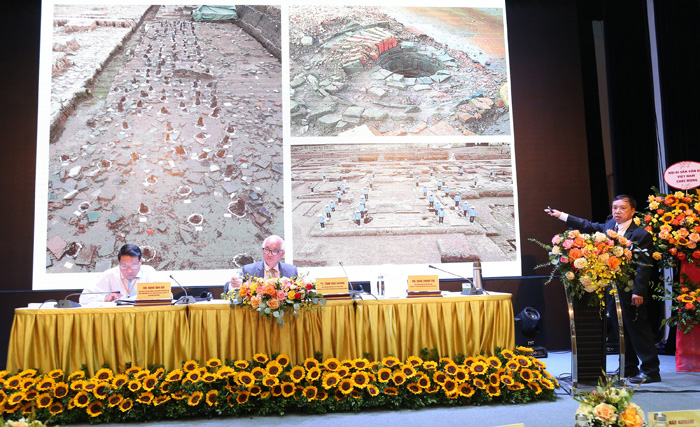


![[Photo] Prime Minister Pham Minh Chinh holds meeting to launch exhibition of national achievements to celebrate 80th National Day](https://vphoto.vietnam.vn/thumb/1200x675/vietnam/resource/IMAGE/2025/6/23/0c0c37481bc64a9ab31b887dcff81e40)
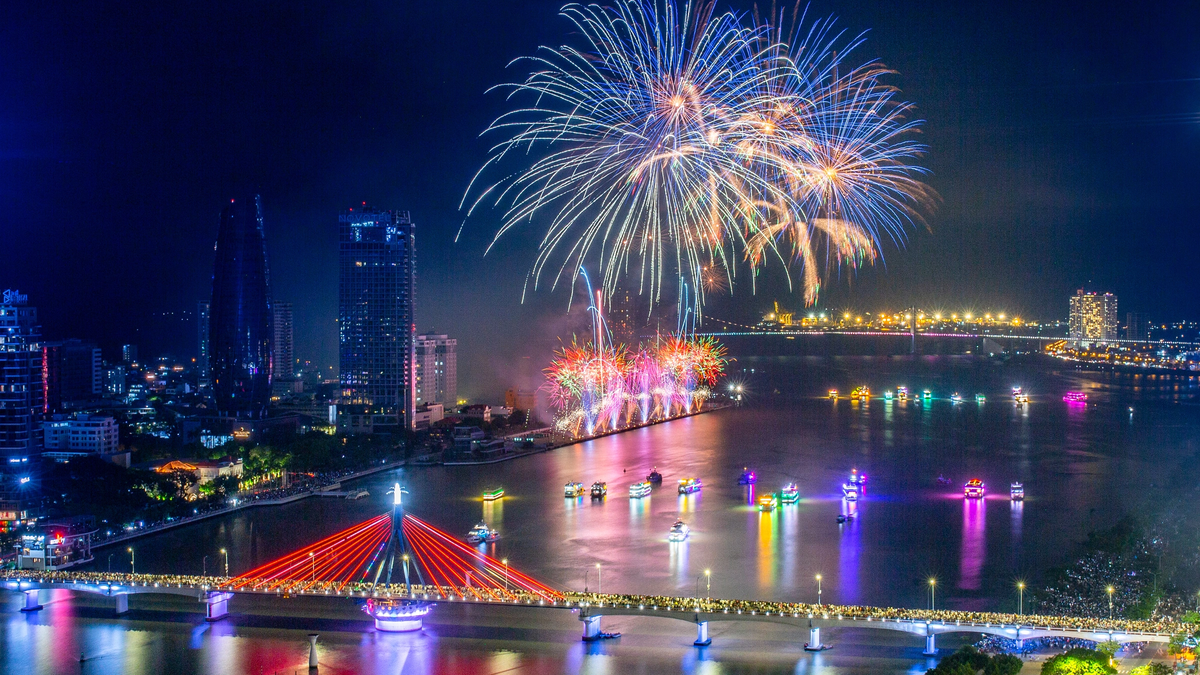


![[Photo] Prime Minister Pham Minh Chinh chairs the national online conference on combating smuggling, production and trade of counterfeit goods.](https://vphoto.vietnam.vn/thumb/1200x675/vietnam/resource/IMAGE/2025/6/23/4a682a11bb5c47d5ba84d8c5037df029)
















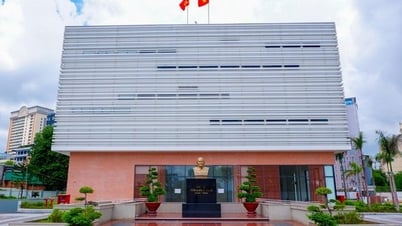
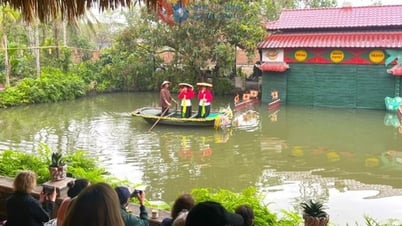

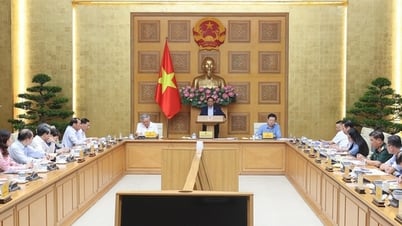
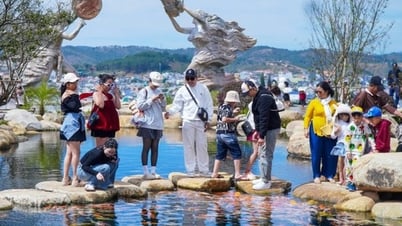
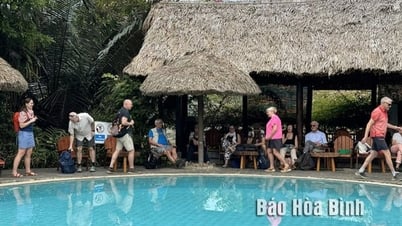
![[Photo] Party Congress of the Central Internal Affairs Commission for the 2025-2030 term](https://vphoto.vietnam.vn/thumb/1200x675/vietnam/resource/IMAGE/2025/6/23/5bf03821e6dd461d9ba2fd0c9a08037b)














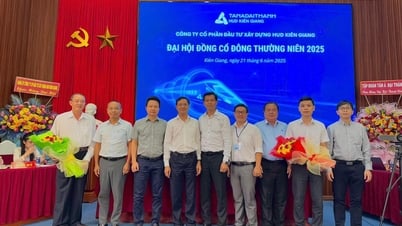


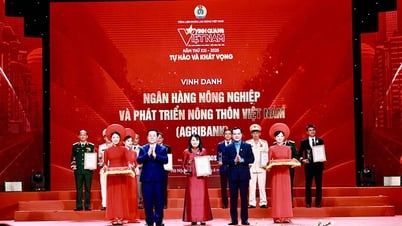





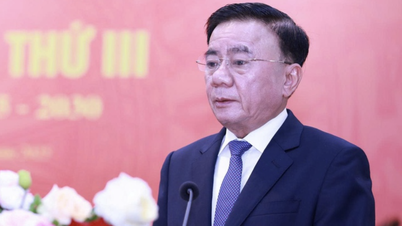

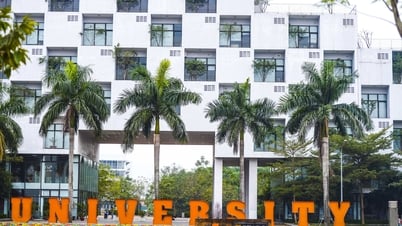

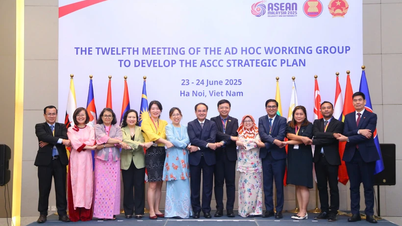
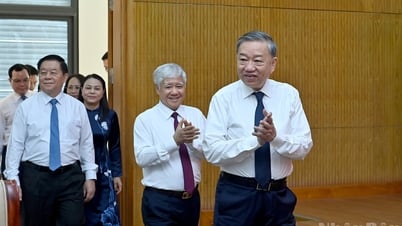
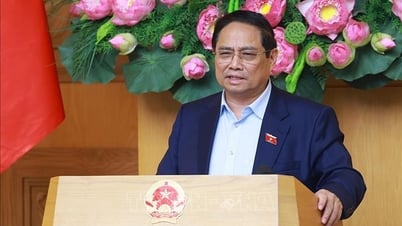
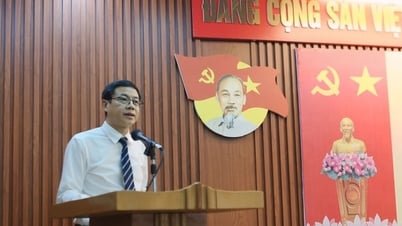



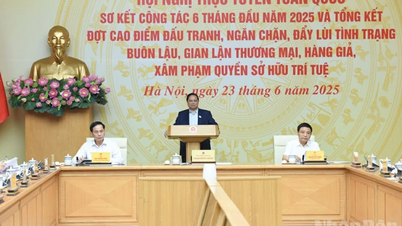

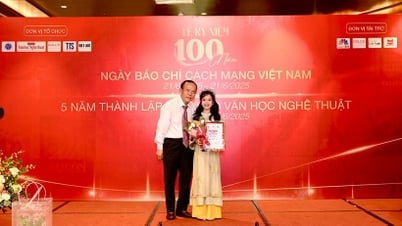

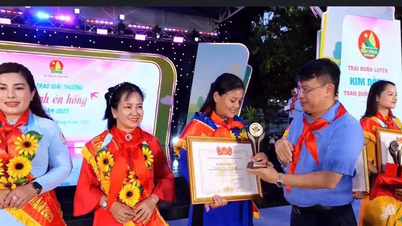





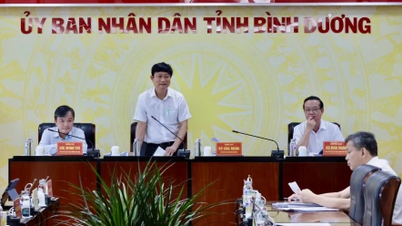










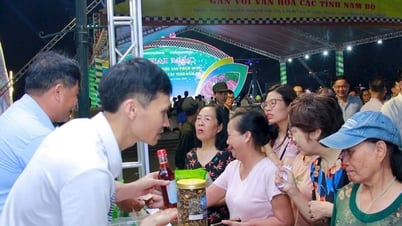


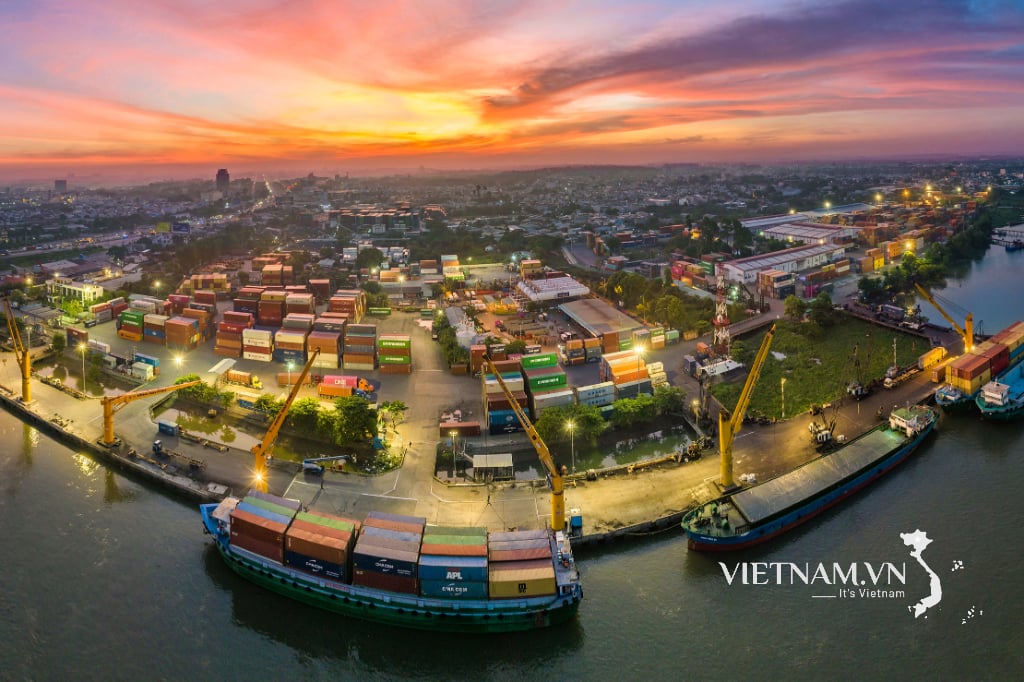
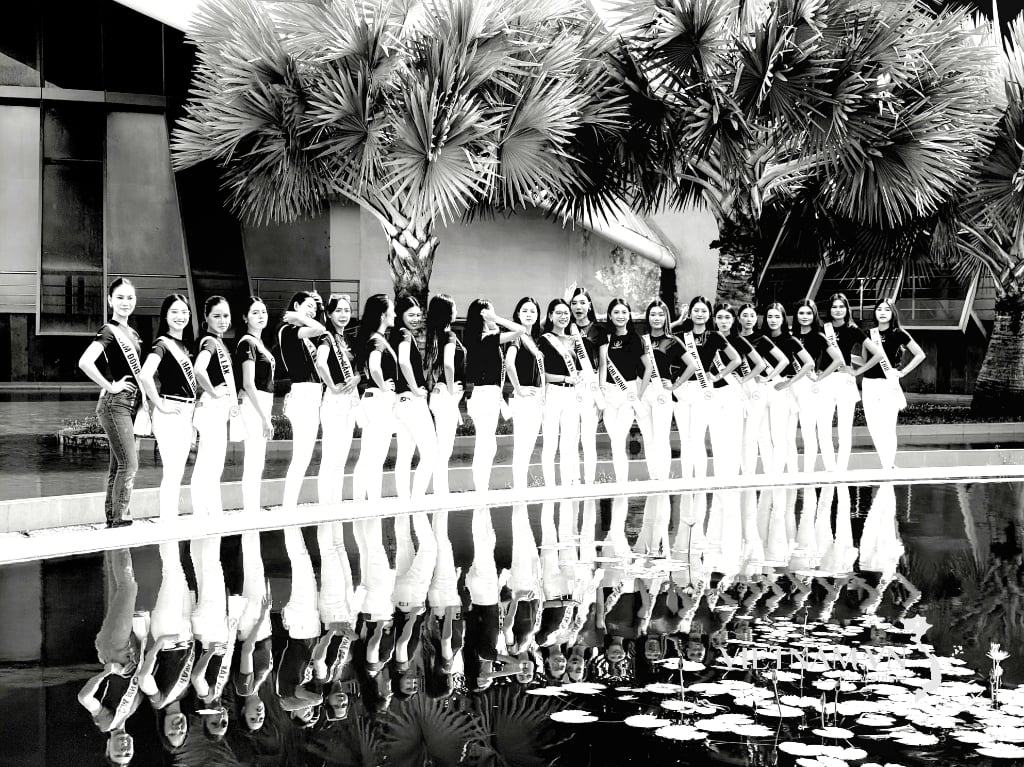
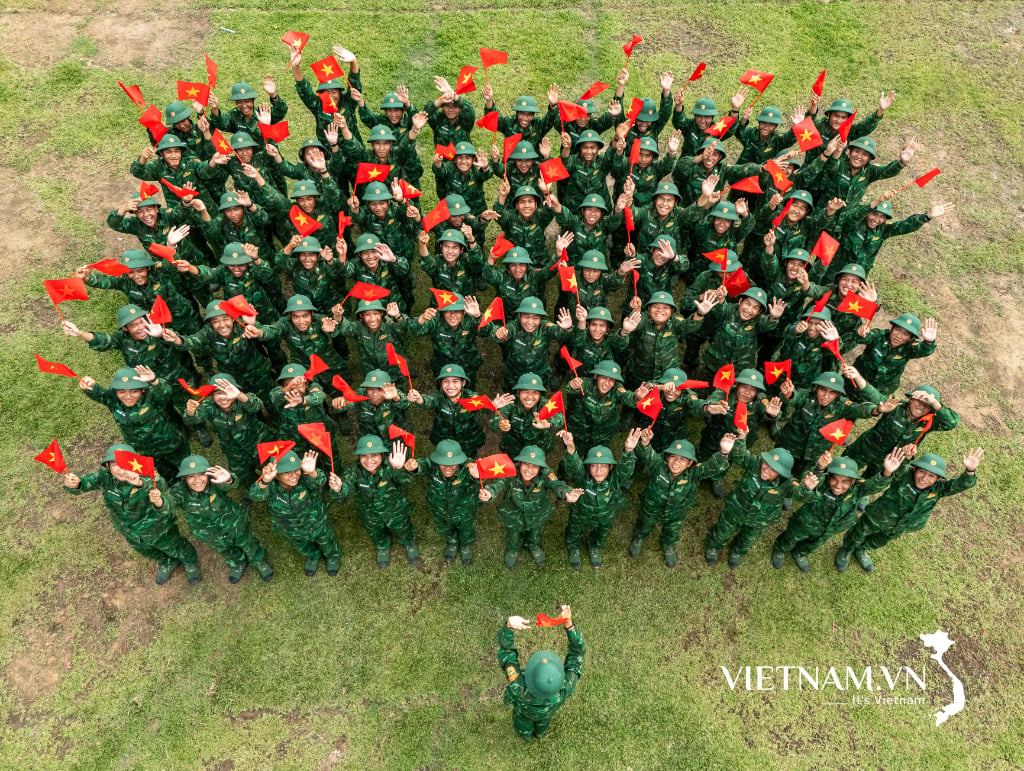
Comment (0)